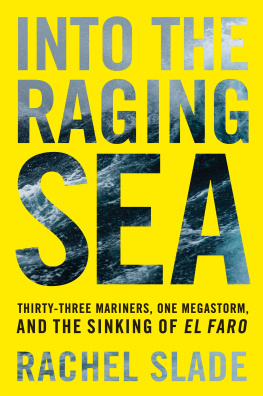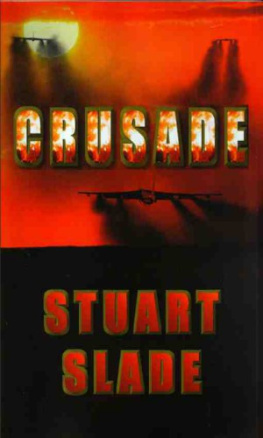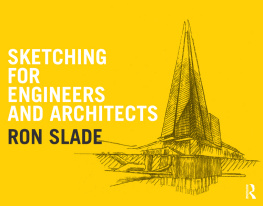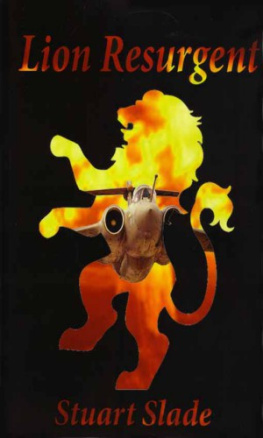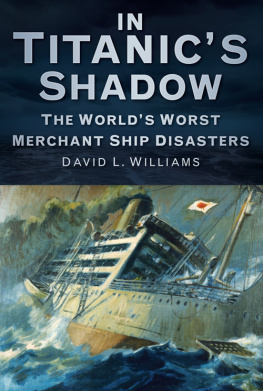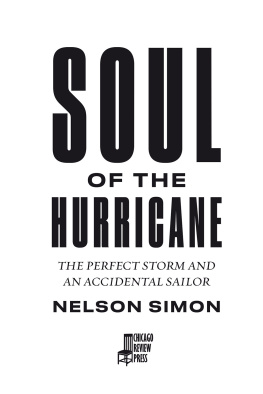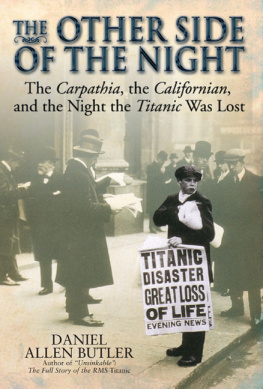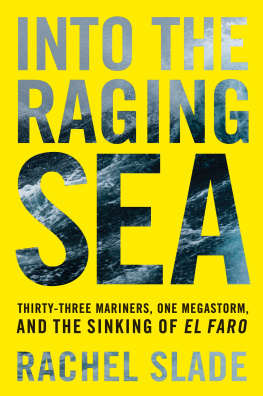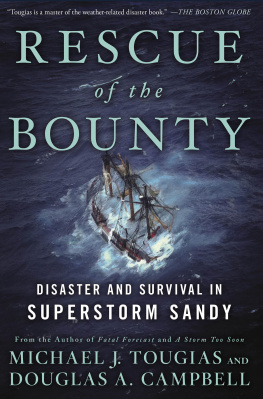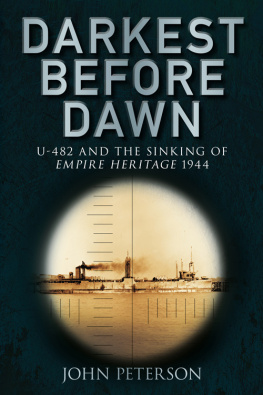There is nothing more enticing, disenchanting, and enslaving than the life at sea.
FEATURED EL FARO OFFICERS AND CREW
DECK DEPARTMENT
Michael Davidson, 53, Master
Steven Shultz, 54, Chief Mate, First Watch
Danielle Randolph, 34, Second Mate, Second Watch
Jeremie Riehm, 46, Third Mate, Third Watch
Frank Hamm, 49, Able Seaman, Helmsman for the First Watch
Jackie Jones, 38, Able Seaman, Helmsman for the Second Watch
Jack Jackson, 60, Able Seaman, Helmsman for the Third Watch
ENGINEERING
Richard Pusatere, 34, Chief Engineer, Dayworker
Michael Holland, 25, Third Assistant Engineer
LaShawn Rivera, 32, Chief Cook
James Porter, 40, Utility Person
Jeff Mathias, 42, off-duty Chief Engineer in charge of Polish workers aboard El Faro
EL FARO FAMILY AND FRIENDS
Laurie Bobillot, mother of Danielle Randolph
Jill Jackson-dEntremont, sister of Jack Jackson
Robert Green, stepfather of LaShawn Rivera
Rochelle Hamm, wife of Frank Hamm
Glen Jackson, brother of Jack Jackson
Jenn Mathias, wife of Jeff Mathias
Marlena Porter, wife of James Porter
Frank Pusatere, father of Richard Pusatere
Deb Roberts, mother of Michael Holland
Korinn Scattoloni, friend of Danielle Randolph
OFF-DUTY EL FARO OFFICERS
Charlie Baird, off-duty Second Mate
Jim Robinson, off-duty Chief Engineer
OTHER TOTE SHIPS OFFICERS
Ray Thompson, Isla Bella Master, former Chief Mate of El Faro
Earl Loftfield, El Yunque Master after the loss of El Faro
Kevin Stith, El Yunque Master during accident voyage
JACKSONVILLE PILOT
Eric Bryson, River Pilot with St. Johns Bar Pilot Association
RETIRED MARINERS
Eric Axelsson, retired TOTE Master, Davidsons relief on El Faro until August 2015
Paul Haley, retired TOTE Chief Mate
Jack Hearn, retired TOTE Master
John Loftus, retired Horizon Shipping Master
Pete Villacampa, retired TOTE Master
Bill Weisenborn, retired TOTE Port Captain
SUN SHIPBUILDING AND DRY DOCK
John Glanfield, retired Shipbuilder
Eugene Schorsch, retired Naval Architect
NATIONAL WEATHER SERVICE
James Franklin, Director of the National Hurricane Center, Miami
US COAST GUARD DC HEADQUARTERS
Rear Admiral Paul Thomas, Assistant Commandant for Prevention Policy
Captain Jason Neubauer, Head of USCG El Faro investigation
Commander Michael Odom, USCG Traveling Ship Inspector, former Rescue Swimmer
Commander Charlotte Pittman, Deputy Chief, USCG Office of Public Affairs, former helicopter pilot
Keith Fawcett, Marine Board Investigator
US COAST GUARD SEARCH AND RESCUE
Captain Rich Lorenzen, Commanding Officer, Air Station Clearwater
Commander Scott Phy, Operations Officer, Air Station Clearwater
Lieutenant Dave McCarthy, MH-60T Pilot, Aircraft Commander for Minouche rescue
Aviation Survival Technician 1st Class Ben Cournia, Rescue Swimmer during Minouche rescue
Lieutenant John Rick Post, MH-60T Pilot, Co-Pilot for Minouche rescue
Aviation Maintenance Technician 2nd Class Joshua Andrews, Flight Mechanic during Minouche rescue
Lieutenant Commander Jeff Hustace, HC-130 pilot, Aircraft commander for El Faro search
Captain Todd Coggeshall, Chief of Incident Management, 7th Coast Guard District, Miami
Operations Specialist 2nd Class Matthew Chancery, Search and Rescue Mission Coordinator, 7th Coast Guard District Command Center, Miami
NATIONAL TRANSPORTATION SAFETY BOARD
Tom Roth-Roffy, NTSB Chief Investigator
Eric Stolzenberg, NTSB Nautical Architecture Group
Doug Mansell, NTSB Technology Specialist
Mike Kucharski, NTSB Investigator
TOTE EXECUTIVES
Peter Keller, EVP, TOTE
Phil Greene, President, TOTE Services
Phil Morrell, VP Marine Operations, TOTE Maritime
Tim Nolan, President, TOTE Maritime Puerto Rico
John Lawrence, Designated Person Ashore and Manager of Safety and Operations
Jim Fisker-Andersen, Port Engineer

Ship illustration by Michael Chan
Six microphones installed in the ceiling of El Faros navigation bridge recorded twenty-six hours of conversation leading up to the sinking. This audio was captured on a microchip by an onboard Voyage Data Recorderthe ships black box. All the dialogue in this book aboard El Faro during her final voyage was taken from a transcription of this audio.
The satellite call came into the emergency center at 7:08 on the morning of October 1, 2015.
OPERATOR: Okay, sir.
CALLER: Are you connecting me through to a QI [Qualified Individual]?
OPERATOR: Thats what Im getting ready now. Were seeing who is on call and Im going to get you right to them. Give me one second, sir. Im going to put you on a quick hold. So one moment, please. Okay, sir. I just need your name please.
CALLER: Yes, maam. My name is Michael Davidson. Michael C. Davidson.
OPERATOR: Your rank?
CALLER: Ships master.
OPERATOR: Okay. Thank you. Ships name?
CALLER: El Faro.
OPERATOR: Spell that E-L...
CALLER: Oh man, The Clock is Ticking. Can I please speak to a QI? El Faro: Echo, Lima, Space, Foxtrot, Alpha, Romeo, Oscar. El Faro.
OPERATOR: Okay, and in case I lose you, what is your phone number please?
CALLER: Phone number 870-773-206528.
OPERATOR: Got it. Again, Im going to get you reached right now. One moment please.
CALLER: [Aside.] And Mate, what else to do you see down there? What else do you see?
OPERATOR: Im going to connect you now okay.
OPERATOR 2: Hi, good morning. My name is Sherida. Just give me one moment. Im going to try to connect you now. Okay, Mr. Davidson?
CALLER: Okay.
OPERATOR 2: Okay, one moment please. Thank you for waiting.
CALLER: Oh God.
OPERATOR 2: Just briefly what is your problem youre having?
CALLER: I have a marine emergency and I would like to speak to a QI. We had a hull breach, a scuttle blew open during a storm. We have water down in three-hold with a heavy list. Weve lost the main propulsion unit, the engineers cannot get it going. Can I speak to a QI please?
OPERATOR 2: Yes, thank you so much, one moment.
Thirty-three minutes later, the American governments network of hydrophones in the Atlantic Ocean picked up an enormous thud just beyond Crooked Island in the Bahamas. It was a sound rarely heard out there in the deepest part of the sea where, for decades, the government had been recording an endless underwater symphony. Three miles down, they listened to the lonely cries of humpback whales, the eerie hum of earthquakes, and the whirr of submarine propellers. Just white noise, really. But that morning, something huge and audible hit the ocean floor with terrific force.
Based on the positions of the hydrophones, the people listening knew approximately where the object landed. They also knew the precise moment that it hit. But what was it?

